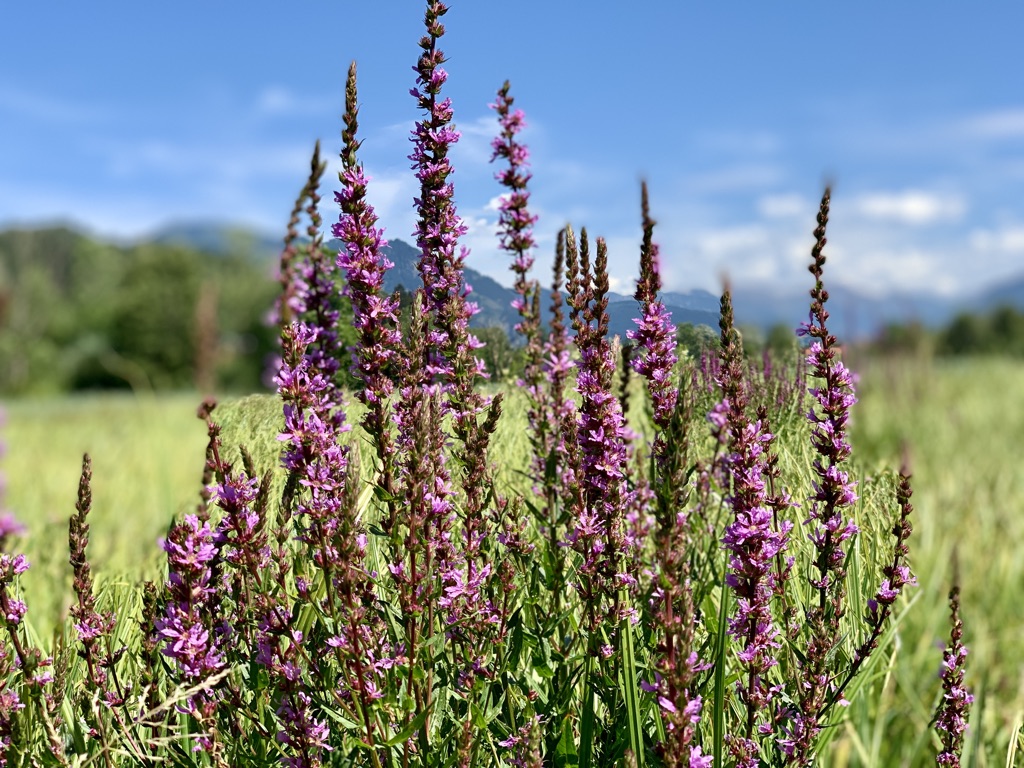We all have anxiety. Anxiety is our body’s automatic response to real or perceived threat—it is a part of our fight, flight, or freeze response that attempts to keep us safe from danger. You may be surprised at how quickly you jump out of the way of a car who didn’t see you (flight) or how you become quiet and still when a cougar passes the trail in front of you (freeze).
Anxiety can also trigger fight, flight, or freeze when there isn’t danger. You may notice yourself yelling at your partner when they push you to do something you are uncomfortable with (fight) or avoiding to social situations where you don’t know anyone (flight). These situations are not inherently dangerous but if your system is already on alert, it will be activated even when there is no real threat.
It is not instinctual that certain things (like planes or parties) produce anxiety—these are associations that have formed over time, learned through experiences of what is safe and what is dangerous and often modelled by primary caregivers.
Whereas fear is a defensive response to threat, anxiety is preparatory; it is anticipates and prepares you for an ambiguous future threat. For folks who have a longstanding, general pattern of worry and anxiety, there are two aspects that contribute to their discomfort: threat appraisal and intolerance of uncertainty.
Threat appraisal is our ability to assess how bad a situation could be and how likely it is to happen. With anxiety, we tend to overestimate the probability that the worst thing will happen and underestimate our ability to cope.
Intolerance of uncertainty describes a fear of the unknown, a fear of “not being sure.” With anxiety we feel incapable of enduring the discomfort of not having key important information and we are more likely to interpret ambiguous information as “bad.” Intolerance of uncertainty exists on a continuum, as we all experience the desire for predictability and certainty to some extent.
Anxiety leads to changes in our thoughts, behaviours, and body sensations. When we are anxious, we tend to engage in unhelpful thinking patterns that are automatic and appear to be true, like:
Catastrophic Thinking: Worst case scenario
All-Or-Nothing Thinking: Believing that if it’s not perfect, it’s a failure
“It didn’t happen because I worried”: Interpreting anxiety as helpful.
In terms of our behaviour, anxiety encourages us to AVOID that which we have determined is a threat. This could mean leaving an event early or not going at all. It could also mean drinking to relax.
Our body’s response to anxiety can be scary if we do not understand it. We may breathe very quickly or stop breathing altogether. Large muscle groups, like arms and legs may become tense, ready to spring into action. We may find ourselves sweating or chilled, our heartbeat may increase, and we may experience discomfort in the stomach as the digestive system slows down.
What to do about anxiety?
We can learn to live with anxiety so that it no longer directs our lives but is instead an infrequent visitor. In counselling I work with clients to understand the logic of their anxiety—where did they learn anxiety as an attempted coping strategy? What was their home environment like growing up that anxiety was a solution? We also sketch out the situations that prompt the anxiety, building awareness and self-understanding. Oftentimes, contextualizing, and normalizing anxiety is helpful in toning down its volume.
In counselling we target anxious thoughts, behaviours, and body sensations and the ways they are all connected. When we make change in one of these areas, it typically creates change in the others.
It can be first helpful to notice your unique anxiety response—Does your throat close? Do you feel electricity in your chest? Do your shoulders become tense? What is your variety of anxious thoughts—It must be perfect? I can’t stop? This is out of my control? What are your anxious behaviours—Do you try to soothe yourself with food or numb yourself with Netflix? Do you avoid situations? Do you engage in compulsive “doing,” finding it hard to relax?
Self-awareness is empowering. Anxiety becomes less something to be feared and avoided, instead just one aspect of our experience.
We also work to foster soothing and calm. This may be through mindfulness exercises, visualization, or breathing. It may be by noticing strengths and building on positive life relationships. It may be by attending to your child self who was so scared back then. Slowly, over time, experiences of calm scaffold and we learn to trust that we can operate in states other than anxiety.
Get started on your journey, book a free consultation.
Milne, S., Lomax, C., & Freeston, M. H. (2019). A review of the relationship between intolerance of uncertainty and threat appraisal in anxiety. The Cognitive Behaviour Therapist, 12 1-18.



